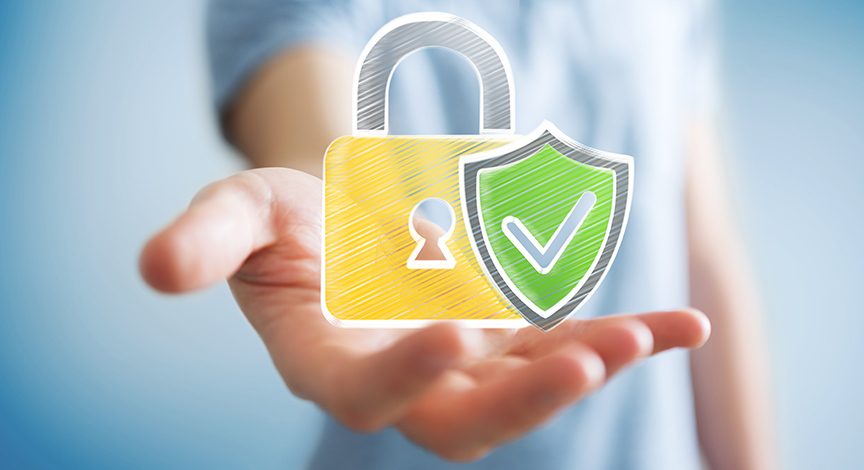How to Protect Your Identity
Although awareness and prevention are very important, its best take the attitude that we are all in a post-prevention world. Simply assume all of your information is already out there on the internet in some form.
Protect yourself
- Change your habits - Understand how your habits may put you at risk. Look at your email usage, password management, social media, etc. A few quick steps you can take include creating separate email accounts for work and personal use, being cautious about clicking on links or attachments sent to you in emails, as well as creating complex passwords and changing them regularly.
- Keep watch - It may be months before you learn that your identity has been stolen—unless you regularly check each of your credit reports for unauthorized transactions (which you ideally would do every quarter with each credit bureau). Request a copy of your credit report directly from the credit bureaus in your country. If you do experience fraud and identity theft, partnering with a reputable identity restoration service will help you recover as quickly as possible.
- Freeze your credit - One of the strongest preventative measures you can take is to freeze your credit. It makes it difficult for cybercriminals to open up new accounts in your name or your children’s names. To freeze your credit in the United States, simply call the three credit bureaus (Equifax, Experian and TransUnion) and request a freeze. We suggest doing the same for all family members. A security freeze does not affect your credit score. And if you want to take a loan, unfreezing your credit is simple.
Protect your family & household
- Work with your children of all ages to make sure their online accounts do not use their personal information as part of an email address or usernames. Help them create complex passwords on their devices and accounts (that means a mix of numbers, upper- and lowercase letters and symbols). Advise them to use different passwords for different sites. Consider using a password manager so the whole family can share certain accounts without difficulty - and without everyone knowing all passwords.
- Either have your children or you yourself review the apps on their devices so you can limit or turn off location tracking for unnecessary apps. It is also important to remember, less is more: Be more anonymous online.
- Set up at least two separate networks in homes, especially if your home has children. Use one network for all your business, sensitive transactions, and remote work. Dedicate a separate network for less sensitive transactions, including your children’s and your online activities, any schoolwork, family entertainment and social media. If your home has a lot of smart devices or is fully automated, consider adding a third network and a separate network.
- Create a safety net for elderly and vulnerable people. For daily finances, it is important that someone is added to their accounts to receive alerts so that if the elder doesn’t catch unusual activity, someone else will (this backup person can be their banker, tax advisor or you). For overall wealth, you may want to suggest that they do an inventory with their financial advisor of all their online assets, and discuss with their lawyer how those assets fit into their estate plan.
How a criminal could steal your identity
Why do scammers need so much personal information about us to commit fraud? The primary defense employed by the credit bureaus and others to protect our credit files is something called “knowledge-based authentication” (KBA) questions. These are questions that supposedly only you know, like your mother’s maiden name or the name of your high school. While KBAs create a roadblock for many scammers, many criminals who successfully mine the data-rich environment on the surface and dark web can often come up with the answers.
- An identity thief builds out a wide profile of you. A criminal may start with a basic profile that includes name, address, Social Security number and date of birth, which he bought on the dark web. From there, he would go to one of the many background-check websites on the surface web and find out as much as he can about the person.
- For a small fee, submitting just your name will produce a report containing all of your current and previous addresses, phone numbers, social media sites and email addresses. The report can also provide descriptions of your family members and neighbors and details about property past and present that you have owned — including mortgage documents and amounts. It’s all legal; the information is pulled from public documents.
- Armed with all this data and personal history, the assault starts. Criminals can infiltrate your credit bureau files; change your contact phone numbers and emails; take over your bank or investment accounts; create new credit card accounts; and even take out personal loans. It can months later, when the damage is done, that you find out and the criminal is gone.
